Transfusions are very safe, but is there a way to get rid of the remaining potential “bugs in the bag?” Well, yes, but pathogen inactivation is not yet fully implemented in the United States. Dr. Jeff McCullough explains.

Dr. Jeff McCullough
Is There More We Could Do?
One potential solution to these issues is called “pathogen inactivation” (also called “pathogen reduction” by many). This is simply a method to treat blood products after they are collected in order to remove residual organisms that either were not detected by current tests or for which we do not yet have a test (and further, may not even know about the organism!). Dr. McCullough shares the basics of the two main types of pathogen inactivation platforms under discussion for current and future use in the United States (both of which are already used in many other countries).

Dr. Jeff McCullough
Is There More We Could Do?
One potential solution to these issues is called “pathogen inactivation” (also called “pathogen reduction” by many). This is simply a method to treat blood products after they are collected in order to remove residual organisms that either were not detected by current tests or for which we do not yet have a test (and further, may not even know about the organism!). Dr. McCullough shares the basics of the two main types of pathogen inactivation platforms under discussion for current and future use in the United States (both of which are already used in many other countries).
Further Reading:
- Snyder EL et al. The Safety of the Blood Supply — Time to Raise the Bar. NEJM 2015;372:1882-1885.
- McCullough J et al. Cost implications of implementation of pathogen-inactivated platelets. Transfusion 2015;55:2312-20.
- Allain JP et al. Effect of Plasmodium inactivation in whole blood on the incidence of blood transfusion-transmitted malaria in endemic regions: the African Investigation of the Mirasol System (AIMS) randomised controlled trial. Lancet 2016;387:1753-61.
- Ramsey G. Hemostatic Efficacy of Pathogen-Inactivated Blood Components. Semin Thromb Hemost 2016;42:172-82.
- Slichter SJ et al. Dose of Prophylactic Platelet Transfusions and Prevention of Hemorrhage (PLADO). NEJM 2010;362:600-13.




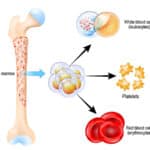

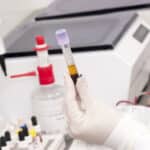



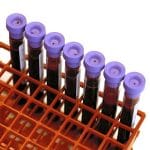

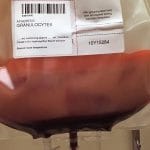
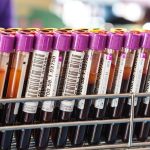
Dr. Chaffin, I really enjoyed this conversation with Dr.McCullough. I am pleased to hear that there are more methodologies coming soon (to a blood bank near you) for RBC pathogen inactivation.
Keep up the good work!
Thank you, Ginger! Jeff is incredibly knowledgeable, and this was a fun episode to do. We can all cross our fingers on RBC PI, because that, to me, is the game-changer!
Joe
I really enjoyed this podcast. My blood bank has been looking into the use of pathogen reduction technology as a way to extend the shelf life of our platelets and decrease our platelet returnage due to shorten outdates. We aren’t a trauma hospital so platelets aren’t used on the daily and most days end up getting transferred to our trauma level sister hospital to avoid expiration.
I’m glad it was helpful, Kelsey! Thanks for listening.
-Joe
Is there a transcript available for this episode? I work in blood collections, as a Mentor (as well as a Collections Supervisor), and we are just rolling out with PRT for our Platelet Collections.
I would love to be able to print out a copy of the transcript for my staff to review during some down time to better understand the process as well as being able to explain it to the donors who come in.
Thank You